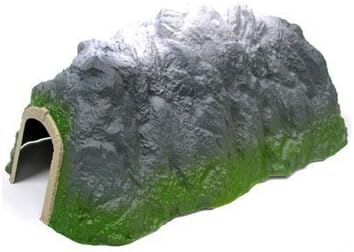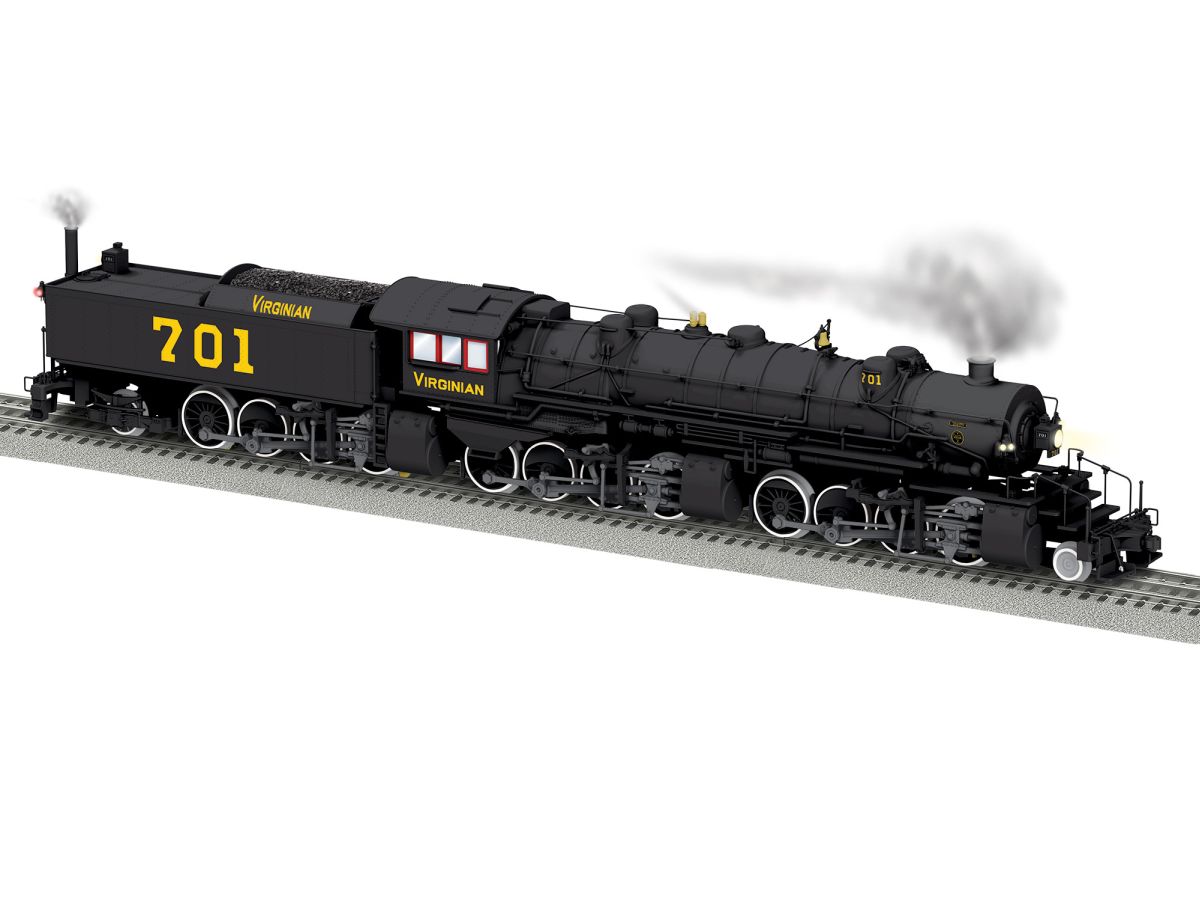
O Virginian Vision Triplex #701
Erie’s Triplex locomotives –
machines so big they inspire, intrigue, and move the mind as much as
they could move freight. Built in an era when the compound Mallet
design was just coming onto the scene, the Triplex took the concept a
step further in attempt to use not only the locomotive’s weight but
also that of the tender for traction. On paper at least, the
locomotives could put 89% of their loaded weight to use and pull a
train 5 miles long. They were so powerful that you couldn’t put enough
weight behind them to truly test it without breaking couplers and by
some accounts remain the most powerful locomotives ever built. The
first Triplex entered service in 1914 as number 2603 and named after a
prominent and recently retired engineer on the Erie, Matt H. Shay. The
locomotive was as much of a marketing statement for the Erie as it was
motive power. The locomotive performed well enough that two more were
delivered in 1916 with only a few minor modifications from the
original. The three were assigned as helper engines on the Susquehanna
Division – best known as the line over Starrucca Viaduct. The Triplex
was a compound Mallet, with high pressure steam going to the center
pair of pistons first. The left piston exhausted steam to the front
pair of pistons and the right to the rear which powered the wheels
under the tender. The locomotives were also unique in that both the
high- and low-pressure pistons were the same size, using different
valve sizes to accommodate the changes in pressure. Predictably, the
problem with these large beasts was not power, but appetite. The boiler
would struggle to keep up pressure against the consumption of six
cylinders – even if it was only directly feeding two. And although
there were elements in the design to compensate for variable traction
under the tender as fuel was consumed, as it ran light wheel slipping
could be an issue. The locomotives stayed in service until as late as
1933. Only the Virginian made another attempt at a Triplex with a
single locomotive. It was rebuilt as a smaller 2-8-8-2 soon after,
however. While not a major success, they were certainly not a failure
as far as experimental steam designs are concerned. More accurately,
they were truly too big for their time. It would have been interesting
to see the concept revisited a few decades later when technology had
improved and train weights increased, but alas it never came to be. To
bring this locomotive back to the O Scale market as anything less than
a VISION LINE model would be a crime! We have packed every inch of this
massive machine with amazing features including the all-new wheel slip
simulation. If your labor rate gets too high or the fuel is running
low, watch out! Those rear wheels might just start to slip. Not just a
sound effect this time, the tender drive wheels have independent motor
control and will actually slip under the right conditions. And when the
wheels slip, of course the sounds and smoke will follow along. Other
notable features include whistle steam effects, a swinging bell,
road-number specific crew talk and 4-digit addressing. We’ve also made
several tooling changes to model both the “production” models of 5015
and 5016 and the prototype Matt H. Shay. Few locomotives will make a
bigger impression than the Triplex.
machines so big they inspire, intrigue, and move the mind as much as
they could move freight. Built in an era when the compound Mallet
design was just coming onto the scene, the Triplex took the concept a
step further in attempt to use not only the locomotive’s weight but
also that of the tender for traction. On paper at least, the
locomotives could put 89% of their loaded weight to use and pull a
train 5 miles long. They were so powerful that you couldn’t put enough
weight behind them to truly test it without breaking couplers and by
some accounts remain the most powerful locomotives ever built. The
first Triplex entered service in 1914 as number 2603 and named after a
prominent and recently retired engineer on the Erie, Matt H. Shay. The
locomotive was as much of a marketing statement for the Erie as it was
motive power. The locomotive performed well enough that two more were
delivered in 1916 with only a few minor modifications from the
original. The three were assigned as helper engines on the Susquehanna
Division – best known as the line over Starrucca Viaduct. The Triplex
was a compound Mallet, with high pressure steam going to the center
pair of pistons first. The left piston exhausted steam to the front
pair of pistons and the right to the rear which powered the wheels
under the tender. The locomotives were also unique in that both the
high- and low-pressure pistons were the same size, using different
valve sizes to accommodate the changes in pressure. Predictably, the
problem with these large beasts was not power, but appetite. The boiler
would struggle to keep up pressure against the consumption of six
cylinders – even if it was only directly feeding two. And although
there were elements in the design to compensate for variable traction
under the tender as fuel was consumed, as it ran light wheel slipping
could be an issue. The locomotives stayed in service until as late as
1933. Only the Virginian made another attempt at a Triplex with a
single locomotive. It was rebuilt as a smaller 2-8-8-2 soon after,
however. While not a major success, they were certainly not a failure
as far as experimental steam designs are concerned. More accurately,
they were truly too big for their time. It would have been interesting
to see the concept revisited a few decades later when technology had
improved and train weights increased, but alas it never came to be. To
bring this locomotive back to the O Scale market as anything less than
a VISION LINE model would be a crime! We have packed every inch of this
massive machine with amazing features including the all-new wheel slip
simulation. If your labor rate gets too high or the fuel is running
low, watch out! Those rear wheels might just start to slip. Not just a
sound effect this time, the tender drive wheels have independent motor
control and will actually slip under the right conditions. And when the
wheels slip, of course the sounds and smoke will follow along. Other
notable features include whistle steam effects, a swinging bell,
road-number specific crew talk and 4-digit addressing. We’ve also made
several tooling changes to model both the “production” models of 5015
and 5016 and the prototype Matt H. Shay. Few locomotives will make a
bigger impression than the Triplex.
PREMIUM FEATURES:
- NEW Wheel Slip! – Tender wheels slip on user command
- 4-Digit Addressing when using the Base3/Cab3 control system
- Multi-speaker stereophonic sounds
- Smokebox and tender steam
- Whistle Steam
- Swinging Bell
- LEGACY® RailSounds including Separate boiler and
tender chuffs and road number specific crew talk - Rear ElectroCoupler
- Optional non-scale front dummy coupler and conversion to
scale working couplers - Road number specific detailing
- LEGACY® Control System
equipped – able to run in LEGACY® Control mode, in
TrainMaster Command Control mode, or in Conventional mode with a
standard transformer - Bluetooth® Control – Operate with Universal Remote
or LionChief® App - Lionel Voice Control (LVC) – run your locomotive by
speaking commands into your phone via LionChief® App - Odyssey® II Speed Control
- IR Transmitter that works with LCS SensorTrack™
- Powerful maintenance-free motors with momentum flywheel
- Directional lighting including operating headlight and
back-up light on rear of tender, where applicable - Bi-color illuminated classification lights on the front of
locomotive where applicable. Using a Legacy controller, change the
color of the classification lights between white or green - Traction tires
- Interior illumination in cab
- Die-cast metal locomotive body, pilot, and trucks
- Die-cast metal tender body and trucks
- High level of separately applied metal details
- Separately applied builder’s plate
- Synchronized fan-driven smoke units
- Adjustable smoke output
- Authentically detailed cab interior
- Cab “glass” windows
- New engineer and fireman figures
- CrewTalk™
dialog with different scenarios depending on whether the locomotive is
in motion or stopped - TrainSounds that mimic operating dialog when the locomotive
is in motion or stopped - Six official railroad speeds with CrewTalk dialog
- DynaChuff™ synchronized with 32 levels of
intensity as the locomotive gains speed - LEGACY® “Real-Time Quilling Whistle” control with
instant response for realistic signature “quilling” and correctly timed
warning signals - 5 Different whistles to choose from for a more customized
experience. - Single hit or continuous mechanical bell sounds – 5 levels
of bell pitching for customized sounds - Sequence Control: plays the sound effects of an entire
trip, including warning sounds and announcements, based on the movement
and speed of the locomotive - Current speed and fuel dialog, coal or oil loading sound
effects
ADDITIONAL LEGACY FEATURES:
LEGACY® RailSounds® sound system featuring:
Featured Products
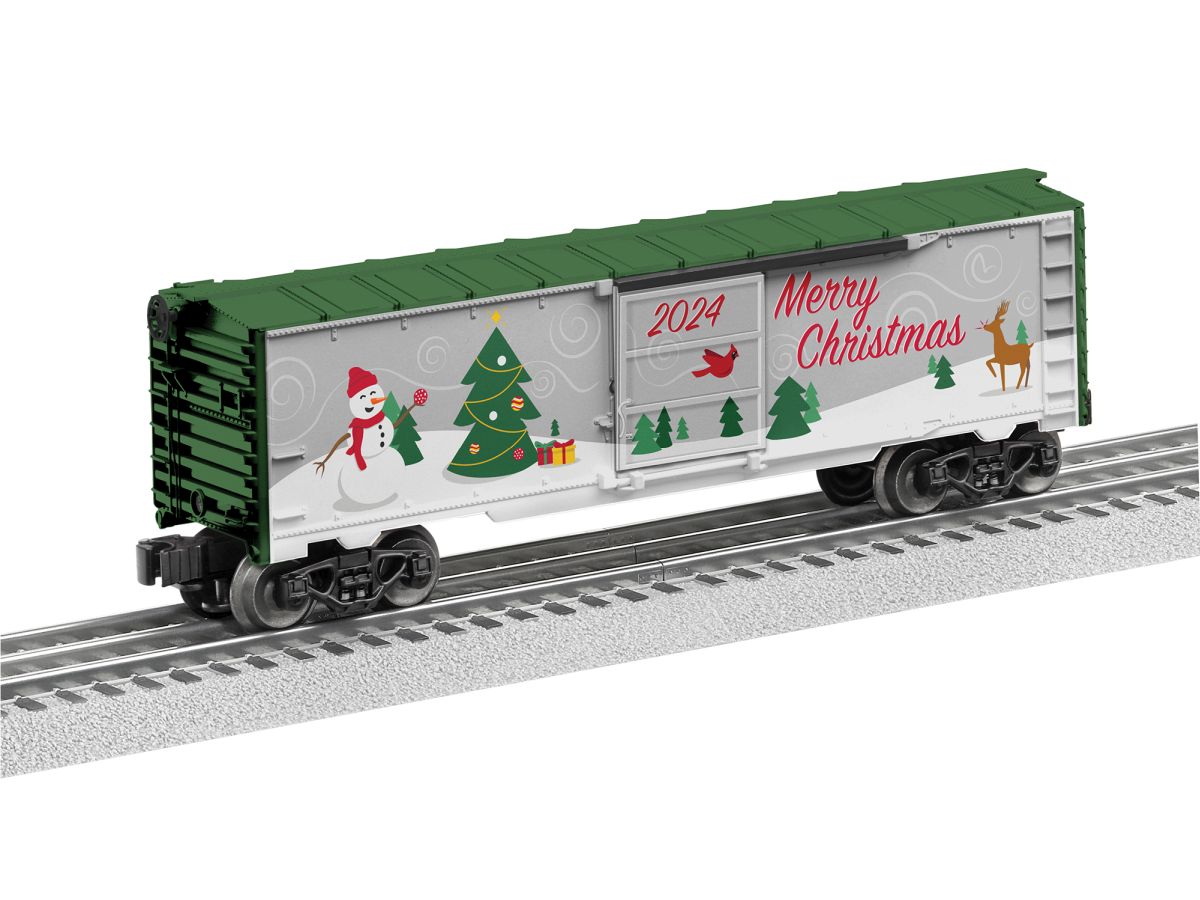
O RTR 2024 Christmas Boxcar
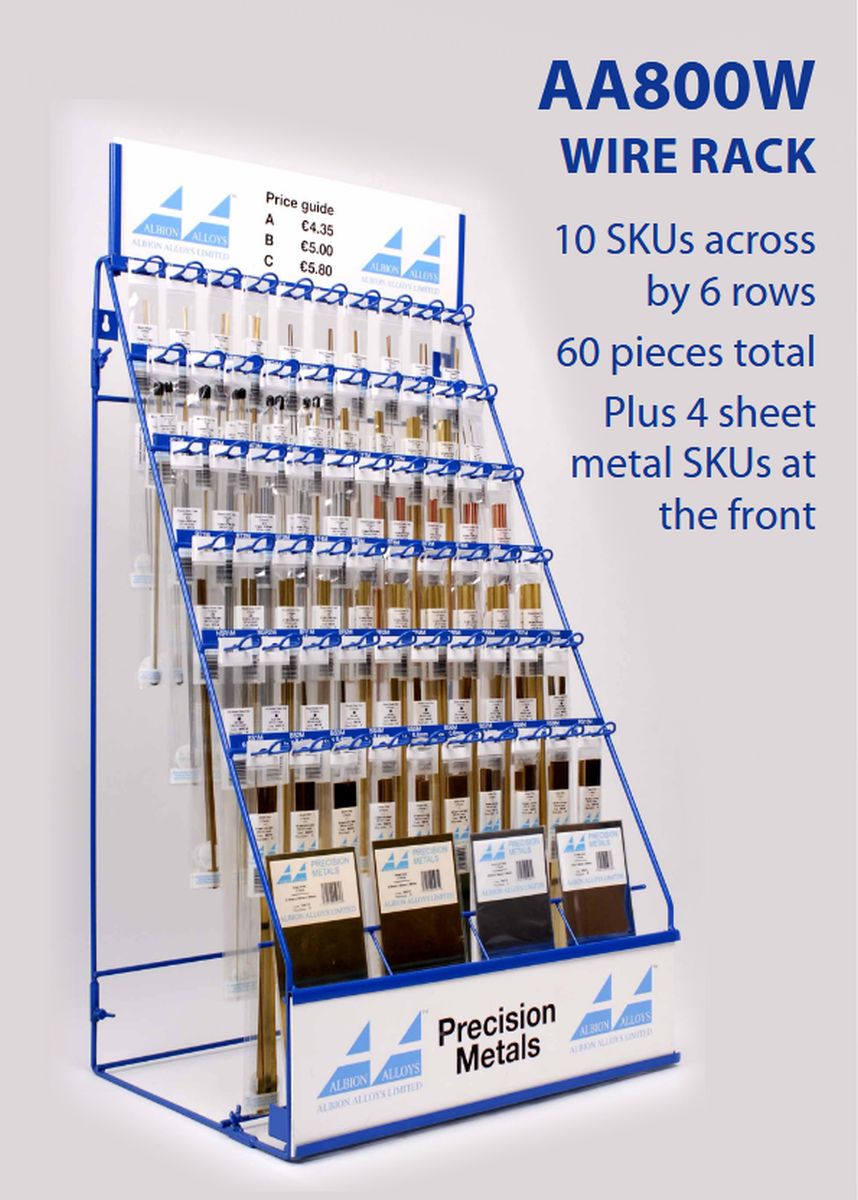
Original Wire Metric Stand inc 3 x 64 Starter Pack

O B/U Cozy Cabin

Ford GT40 MkII #97 Daytona

O RTR Glow In The Dark Halloween Water Tower
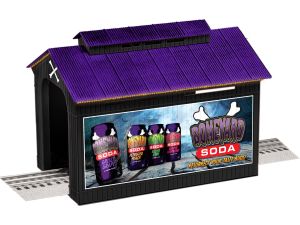
O RTR Halloween Lighted Half Covered Bridge
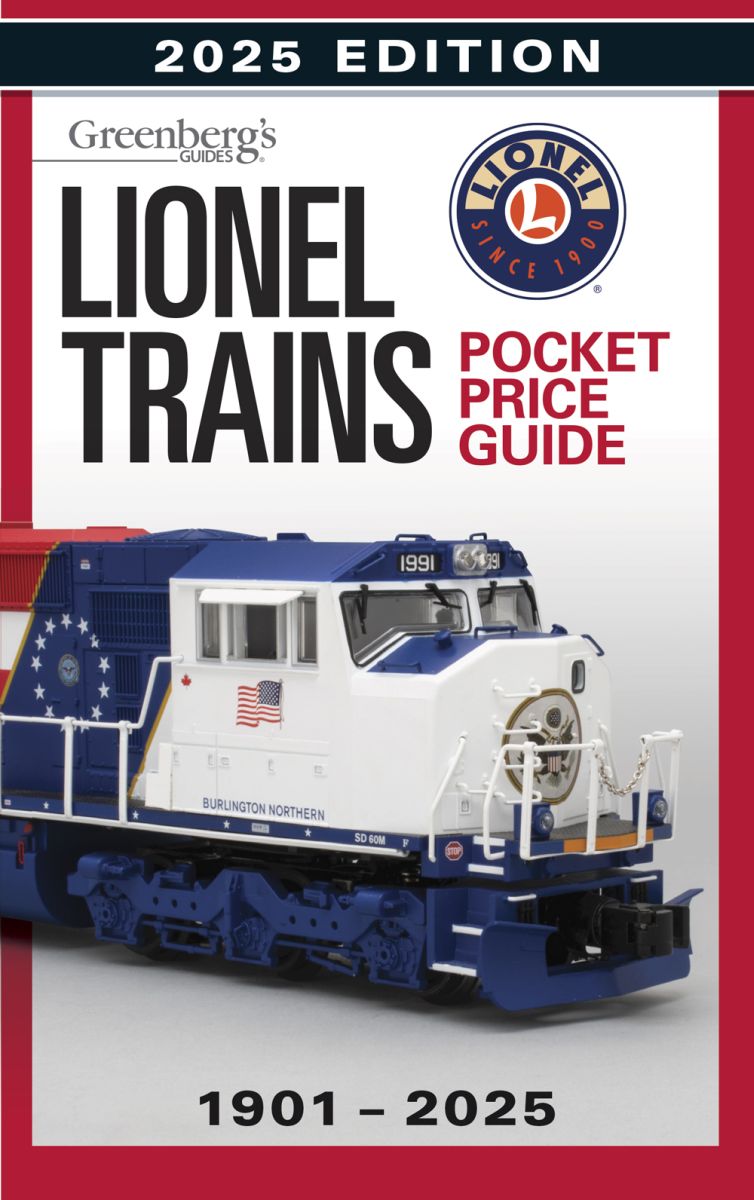
Lionel Trains Pocket Price Guide 1901-2025

Buffalo Snow Flurries Extra Fine
